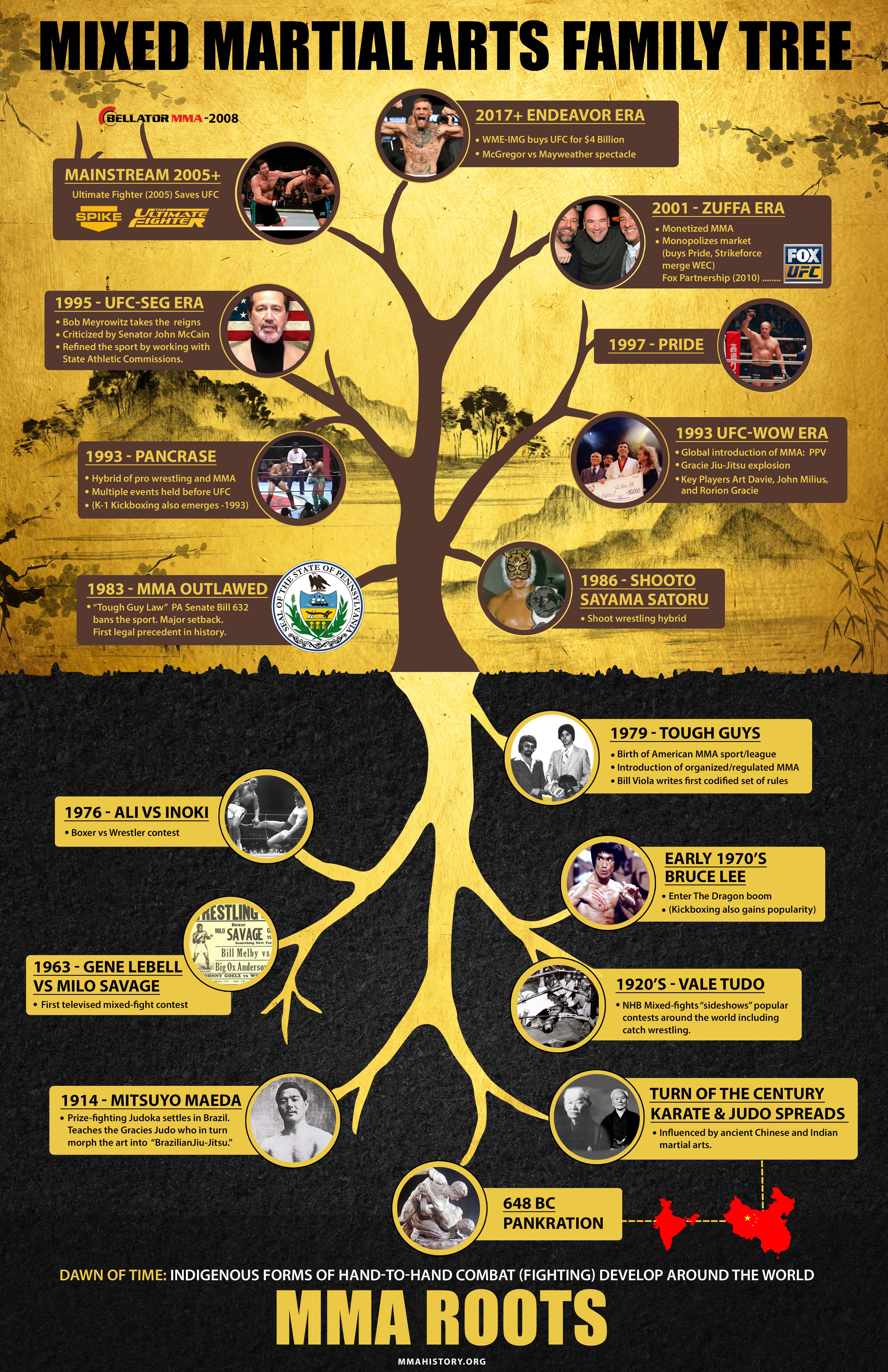The Advancement And Historical Value Of Martial Arts Across Various Cultures
The Advancement And Historical Value Of Martial Arts Across Various Cultures
Blog Article
Article Created By-Chu TRUE
Martial arts have a fascinating background that covers centuries and continents. You might discover it intriguing exactly how old practices like Shuai Jiao and Kalaripayattu prepared for modern-day combat techniques. These techniques not just highlight physical skills but also reflect the cultures that birthed them. As you discover their advancement, think about how globalization has actually transformed these standard types right into hybrid styles. What impacts do you assume have shaped today's martial arts landscape?
Ancient Martial arts: The Structures of Fight
As you delve into the world of ancient martial arts, you'll find the rich foundations that formed battle strategies throughout cultures. Very early methods concentrated on Self-Defense and survival, typically incorporating strikes, hurting, and weapons.
In old China, for example, methods like Shuai Jiao stressed tosses and joint locks, while India's Kalaripayattu showcased dexterity and fluid movement. Japanese samurai developed Kenjutsu, a polished swordsmanship that highlighted discipline and technique.
martial arts vs boxing which is better offered not just for fight but also as a means of personal growth, instilling values like regard and willpower. The mixing of these methods with time prepared for the varied martial arts you see today, each mirroring the one-of-a-kind philosophies and demands of its society.
The Social Influence on Martial Arts Growth
While martial arts usually reflect the sensible needs of a culture, they also symbolize the cultural worths and beliefs of their beginnings. When you discover various martial arts, you'll notice just how they're influenced by religion, philosophy, and social standards.
As an example, the emphasis on respect and technique in Japanese martial arts comes from Zen Buddhism and samurai culture. In contrast, Brazilian Jiu-Jitsu promotes adaptability and technique, formed by the need for performance in a varied, multicultural environment.
You might find that the rituals, attires, and training methods show a neighborhood's background and identification. By recognizing these social impacts, you deepen your gratitude of martial arts and their duty in shaping human experiences across the globe.
Modern Adaptations and the Globalization of Martial arts
Martial arts have changed substantially in recent years, adjusting to contemporary culture and global impacts. You'll notice that typical types have blended with contemporary methods, creating hybrid styles like MMA. These adaptations deal with diverse audiences, making martial arts available and enticing worldwide.
With the surge of social media sites and digital systems, you can discover tutorials and competitors from all edges of the world, breaking geographical obstacles. This globalization has caused a common appreciation for numerous self-controls, from Brazilian Jiu-Jitsu to Taekwondo.
As premier martial arts belt order involve with these arts, you'll realize they're not just about fight; they promote health and fitness, self-control, and psychological wellness.
Ultimately, modern adjustments have actually enriched the martial arts landscape, making it a vibrant and advancing practice.
Conclusion
In exploring the history and evolution of martial arts, you discover a fascinating blend of strategies, societies, and philosophies. From old self-controls like Shuai Jiao and Kalaripayattu to the contemporary versatility seen in MMA, martial arts reflect mankind's pursuit for Self-Defense and individual growth. As you engage with these methods, you not only obtain skills but likewise a deeper admiration for the diverse practices that form our globe today. So, continue your journey and welcome the art of battle!
